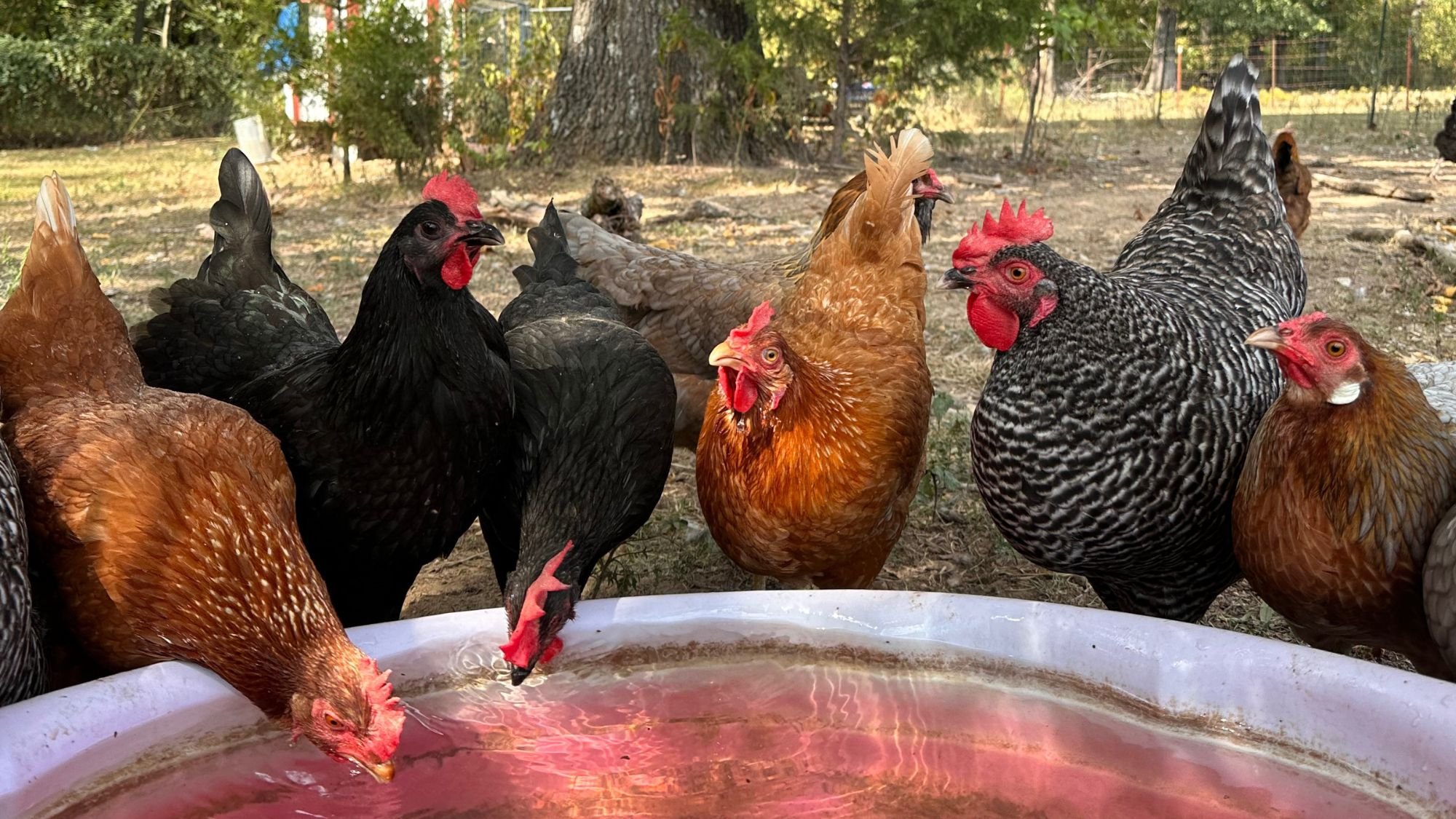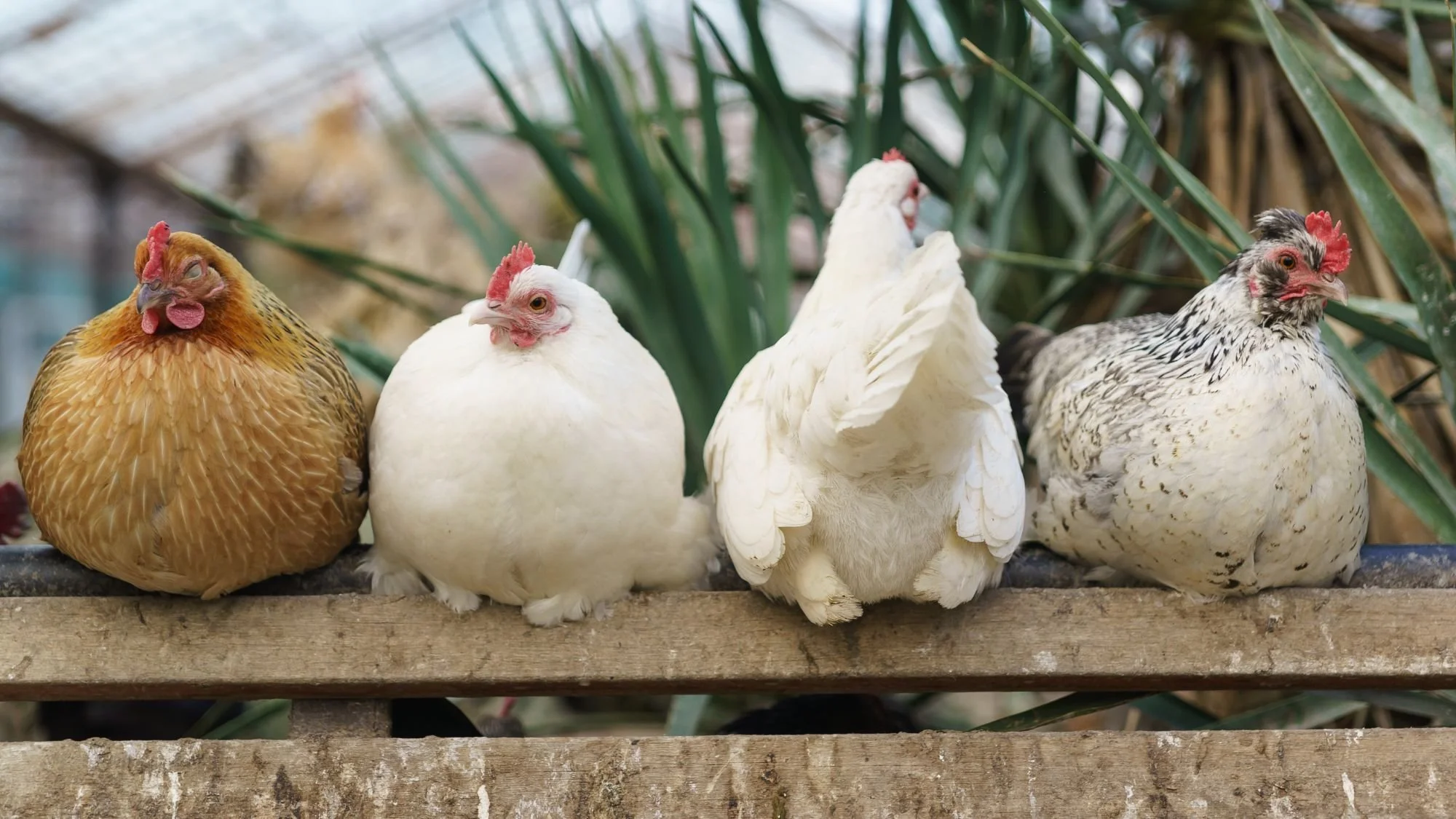Raising Chickens: A Step-by-Step Guide for Beginners
Have you ever dreamed of collecting fresh eggs from your own backyard? Or perhaps you just love the idea of being closer to your food source and living more sustainably. Raising chickens is a rewarding (and fun!) way to do just that. Whether you have a large plot of land or just a small yard, chickens can adapt remarkably well, given proper care. This beginner-friendly guide will walk you through the essentials of starting your own backyard flock.
1. Check Local Regulations
Why it matters: Before falling in love with the idea of raising chickens, you need to ensure it’s allowed in your area. Many cities and neighborhoods have specific rules regarding:
Number of chickens: Some areas limit how many birds you can keep.
Roosters: Due to noise complaints, some communities ban roosters outright.
Housing requirements: Certain municipalities may require coops to be set back a certain distance from property lines or residences.
What to do:
Contact local authorities: Check city ordinances, zoning regulations, or homeowners’ association (HOA) rules.
Get permits if needed: Some localities may require a permit to keep poultry.
2. Choose the Right Chicken Breed
Why it matters: Different breeds have different temperaments and production levels. Some are prolific egg layers, while others are more docile and make great backyard pets. Your climate, space, and personal preference will play a big role in picking the perfect breed.
Popular egg-laying breeds:
Rhode Island Red: Hardy, good egg layer, known for producing large brown eggs.
Leghorn: Excellent for high egg production (white eggs), though slightly more flighty.
Plymouth Rock (Barred Rock): Friendly, easy to handle, great for families.
Dual-purpose breeds:
Orpington: Good layers of brown eggs, docile temperament, also valued for meat.
Sussex: Calm and curious, lays light-brown eggs.
What to consider:
Climate adaptability: Some breeds are more cold-hardy (e.g., Orpingtons) while others do better in warmer climates (e.g., Leghorns).
Egg color and quantity: If you want colorful egg baskets, consider breeds like Araucanas or Ameraucanas for blue-green eggs.
3. Plan and Build (or Buy) a Coop
Why it matters: A well-designed coop keeps your chickens safe, comfortable, and productive. Chickens need protection from predators and harsh weather.
Essential features:
Ventilation: Proper airflow helps prevent respiratory issues and keeps odors down.
Security: Use sturdy materials and secure latches to keep out predators (raccoons, foxes, neighborhood dogs).
Nest boxes: Provide at least one nest box for every 3–4 hens. Ensure the boxes are clean, quiet, and dark. This encourages hens to lay eggs where you can easily collect them.
Perches (Roosts): Chickens naturally like to roost off the ground. Wood perches about 2 inches wide are ideal.
Space: Each chicken should have at least 2–3 square feet of coop space and about 8–10 square feet of outdoor run space, though more space is always better.
Budget-friendly tip: Consider repurposing a shed or building a DIY coop from recycled materials. Just ensure it meets the basic requirements above.
4. Setting Up the Brooder (If Raising Chicks)
If you’re starting with baby chicks (often available in spring at feed stores or from hatcheries), they’ll need a brooder until they’re fully feathered (around 6–8 weeks old).
Key components:
Heat Source: A heat lamp or a brooder plate to maintain a temperature of about 90–95°F (32–35°C) the first week, reducing by 5°F each week.
Bedding: Pine shavings or straw—avoid cedar shavings (the fumes can be harmful to chicks).
Water and Feed: Fresh water at all times, and a high-quality chick starter feed for proper growth.
Tip: Watch the chicks’ behavior. If they’re huddling directly under the lamp, they’re too cold; if they’re far away, they may be too hot.
5. Feeding Your Chickens
Why it matters: A healthy diet means healthy birds and tasty eggs.
Starter feed: If you raise chicks, they’ll need a starter or grower feed with higher protein for the first 16–18 weeks of life.
Layer feed: For hens 18 weeks and older, switch to a layer feed with adequate calcium.
Supplemental calcium: Offering crushed oyster shells can help hens lay sturdy eggs.
Treats and scraps: Chickens love kitchen scraps (e.g., vegetable peels, fruit scraps), but avoid salty, sugary, or moldy foods. Moderation is key—treats should not exceed 10% of their diet.
Grit: If chickens don’t have access to dirt or small rocks, provide grit to help them digest food.
6. Daily Care and Maintenance
Routine tasks:
Check water and feed: Chickens need constant access to fresh water and feed.
Collect eggs: Collect eggs daily to keep them clean and discourage egg eating.
Inspect the flock: Look for signs of illness, feather loss, or injuries.
Observe behavior: Chickens are creatures of habit; sudden changes in behavior could signal problems.
Weekly or Bi-weekly tasks:
Clean the coop: Remove soiled bedding, replace with fresh materials, scrub feeders and waterers.
Monthly or Seasonal tasks:
Deep cleaning: Thoroughly wash and sanitize the coop to prevent mite or parasite buildup.
Check for wear: Inspect the coop for any damage that needs repair (e.g., broken latches, holes in fencing).
7. Health and Wellness
A little prevention goes a long way. Keep an eye on these common health concerns:
External parasites (mites, lice): Watch for excessive preening or irritated skin. A regular dust bath area (in dry soil or sand mixed with diatomaceous earth) helps keep parasites at bay.
Internal parasites (worms): Periodic fecal checks or routine deworming (as recommended by a vet) can prevent problems.
Signs of illness: Listlessness, discharge from the eyes or nostrils, and decreased appetite are red flags. Quarantine any sick bird to prevent spreading disease to the rest of the flock.
Tip: Establish a relationship with a local poultry-savvy veterinarian or extension office for advice if health issues arise.
8. Egg Collection and Storage
Frequency: Collect eggs at least once a day, more often in very hot or cold weather.
Storage: Freshly laid eggs can be stored at room temperature if unwashed (the bloom protects the egg from bacteria). If you prefer to wash them, keep them refrigerated.
Quality check: Discard cracked or very dirty eggs (or wash carefully and use those immediately). Another quick test is the float test. If the eggs sink, they are generally considered ok to eat. If the eggs float, they are no longer edible.
9. Enjoying the Fruits (or Eggs!) of Your Labor
Raising chickens isn’t just about the fresh eggs—although they’re definitely a perk! Chickens also:
Provide natural fertilizer: Chicken manure is rich in nitrogen, phosphorous, and potassium, making it a great addition to compost for your garden.
Help with pest control: Chickens love snacking on insects, ticks, and other garden pests.
Offer entertainment: Chickens are surprisingly curious and personable. Watching them scratch, peck, and interact can be a delightful pastime.
10. Continuing Education and Community
There is always more to learn about raising poultry. You can dive deeper into:
Advanced breeding: Incubating your own eggs.
Heritage vs. hybrid breeds: Preserving rare or heritage chicken lines.
Homesteading skills: Integrating chickens into a larger sustainable lifestyle.
Where to learn more:
Local 4-H clubs or extension offices: They often host workshops and have free resources.
Online forums and groups: Facebook and Reddit have active chicken-raising communities where you can ask questions and share experiences.
Books and magazines: There’s a wealth of published information on backyard chicken keeping.
Final Thoughts
Raising chickens can be a fulfilling endeavor, providing fresh eggs, natural fertilizer, and plenty of educational moments for the whole family. With proper planning, a well-constructed coop, and a little TLC, your flock will reward you with a steady supply of eggs and endless entertainment. Remember to start small, keep learning, and enjoy the process. Happy chicken raising!
Have questions or want to share your beginner’s journey with chickens? Leave a comment below and let’s keep the conversation going!
Be sure to subscribe to the homemaedhomestead.com newsletter for more advice, recommendations, and a relatable homestead journey.
This blog does contain commissionable affiliate links; however, you can be confident that I only share products that I believe in.




